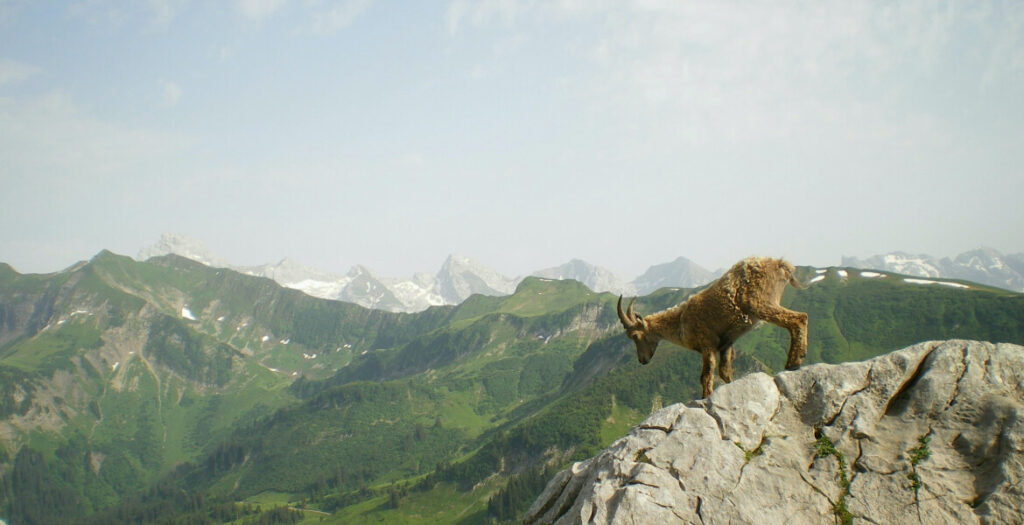Field Maple
Field Maple At a Glance
Scientific Name
Acer campestre
USDA Growing Zones
3 to 7
Sun Exposure
Partial to full sun
Growth Rate
6-12 inches
Height
30 to 50 feet
Native Area
Europe, western Asia, North Africa
Field Maple Overview

Find solace in the embrace of a Field Maple, for it is a steadfast companion in the midst of life’s storms. With its delicate leaves and graceful branches, this tree offers a sanctuary of calm and tranquility.
Imagine yourself sitting beneath the sheltering canopy of a Field Maple, as the world around you buzzes with activity. The gentle rustle of its leaves whispers a soothing melody, as if nature itself is serenading you. In this peaceful haven, worries melt away, and a sense of serenity washes over you.
The Field Maple, with its vibrant green foliage in spring and summer, transforms into a fiery spectacle of reds and oranges in the autumn. As the leaves gently fall, they create a colorful tapestry at your feet, reminding you of the beauty that can be found even in the changing seasons of life.
This tree has a rich history, deeply rooted in folklore and tradition. It has been revered for its medicinal properties, believed to bring healing and protection. Its wood has been used to craft musical instruments, resonating with the melodies of the earth. The Field Maple is a symbol of resilience and adaptability, standing tall in the face of adversity.
As you bask in the shade of a Field Maple, let its presence remind you that even in the midst of life’s storms, there is always a place of calm and tranquility. Take a moment to breathe in the fresh, earthy scent, and let the gentle sway of its branches lull you into a state of peace.
Join me on this maple-filled journey, where we will explore the wonders of the Field Maple and uncover its hidden secrets. Together, we will celebrate the beauty of this remarkable tree and find solace in its embrace. Life is sweeter under the Field Maple’s canopy, where tranquility awaits.
Field Maple FAQS
What Is The Smallest Field Maple?
The smallest field maple is known as Acer campestre 'Nanum', a dwarf variety that typically reaches a height of only 2-3 feet. This compact and slow-growing tree is perfect for small gardens or containers, offering the beauty of field maple in a more manageable size.
What Does A Sugar Maple Tree Look Like?
A sugar maple tree, also known as Acer saccharum, is a deciduous tree with a distinct appearance. It typically grows to a height of 70-100 feet and has a dense, rounded crown. The leaves are palm-shaped with five lobes and turn vibrant shades of orange, red, and yellow in the fall. The bark is grayish-brown and develops vertical furrows as the tree matures.
How Do You Tell The Difference Between Sugar Maple And Silver Maple?
To differentiate between sugar maple and silver maple, examine the leaves and bark. Sugar maple leaves have five lobes with smooth edges, while silver maple leaves have deeply cut, irregular lobes. Additionally, sugar maple bark appears grayish-brown and smooth, while silver maple bark is lighter in color with deep furrows. These characteristics can help identify the two maple species.
Is Sugar Maple The Same As Maple?
Yes, sugar maple is a type of maple tree. It is one of the most common species of maple trees and is known for its high sugar content in its sap, which is used to make maple syrup. So, while all sugar maples are maples, not all maples are sugar maples.
What Is Another Name For Field Maple?
Another name for field maple is Acer campestre.
